2" 600LB globe valve is made according to API 623 standard. The valve body is made of ASTM A351 CF8M. It has the structural characteristics of low in and high out and welded valve seat. Its connection mode is RF. And it has hand wheel operation mode.
Payment:
30% when order confirmed, 70% before shipmentProduct Origin:
ChinaColor:
CustomizationShipping Port:
Shanghai, ChinaLead Time:
30~60 days Ex Works after order confirmationMaterial:
ASTM A351 CF8MMethod of Operation:
Hand WheelProduct Description
|
Type |
Globe Valve |
|
Size |
2" |
|
Pressure |
600LB |
|
Connection |
RF |
|
Operation |
Hand Wheel |
|
Body Material |
ASTM A351 CF8M |
|
Design Norm |
API 623 |
|
Face to Face Dimension |
ASME B16.10 |
|
Flange Dimension |
ASME B16.5 |
|
Test & Inspection Code |
API 598 |
|
Temperature |
-29 ~ 425°C |
|
Applicable Medium |
Water, Oil and Gas |
Features
1. It has been widely used due to its high stability and good sealing performance;
2. Light weight, small size, can be made into large caliber, simple structure, and convenient maintenance.
Technical Drawing
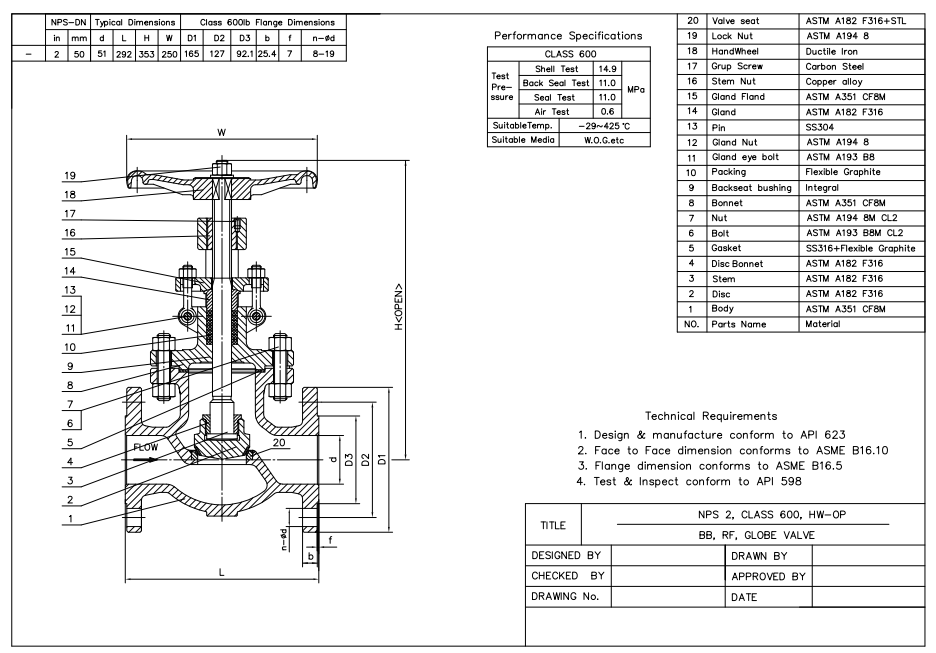
Dimension Checking
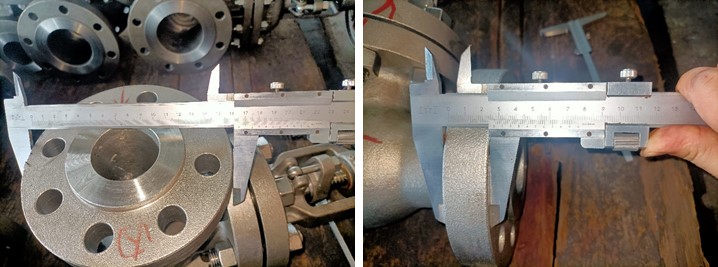
Pressure Testing
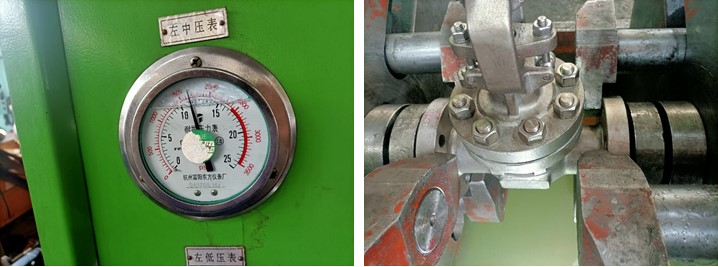
Nameplate & Packing
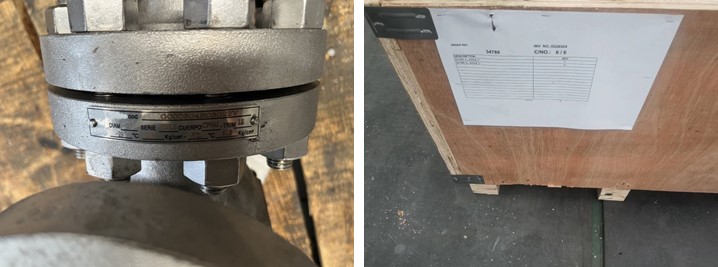
Inspection report

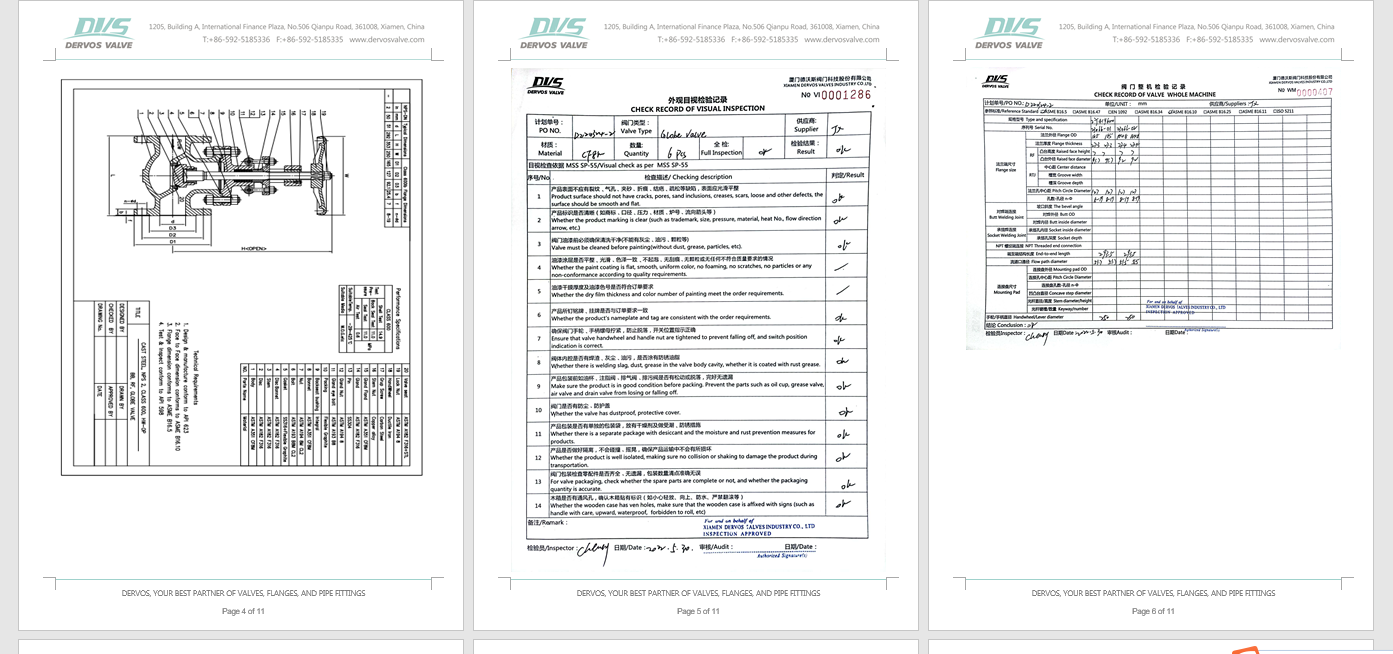
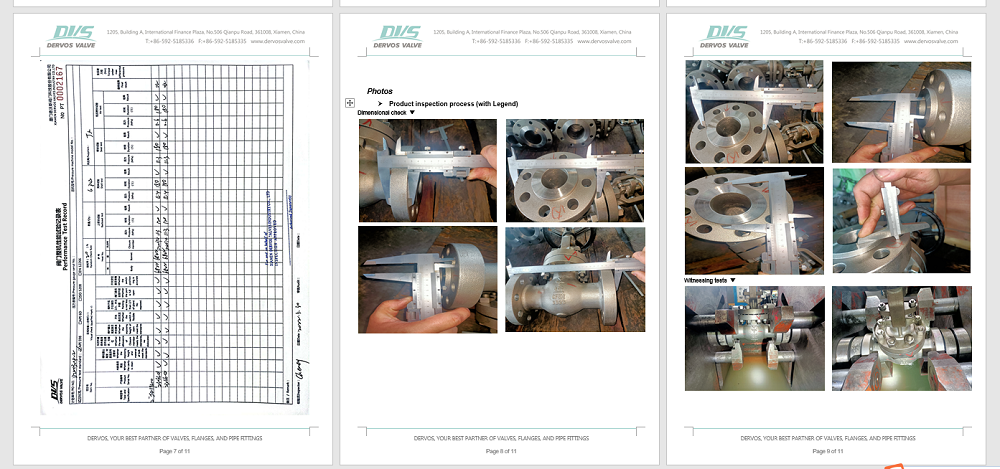
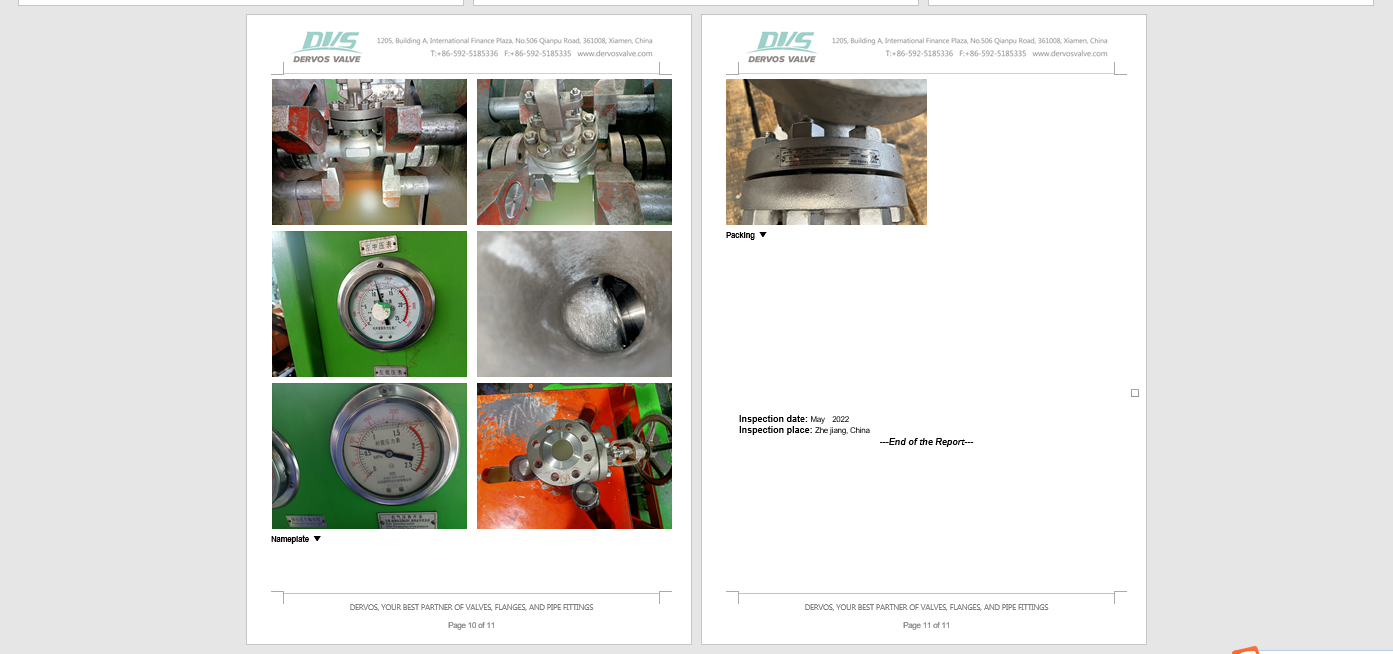
If you are interested in our products and want to know more details,please leave a message here,we will reply you as soon as we can.